7 Free Blending Onset and Rime Mini-Books for Kindergarten
Learning to read CVC words is key to reading success in kindergarten. Learning to rhyme in addition to blending onsets and rime plays a key role in learning to read too.
Here are some quick tools I’ve developed to work on these skills in my small group teaching sessions.
I made these rhyming books to use in my guided reading groups.
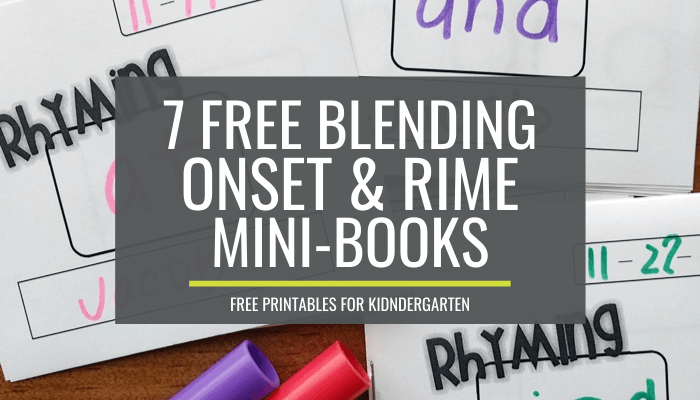
We discuss that reading short words quickly and fluently is like finding reading treasure.
So we lovingly call these books our “treasure books.” You can download them for free below.
When students lack blending skills
Some of my students who are reading level 2 (or level B) books decently well struggle to make the jump to reading level 3/4 (or level C) books.
This usually is because they are lacking blending skills.
This applies to being able to blend more than two sounds fluently – so it becomes difficult when they are attempting to blend CVC words for example.
I like to teach how to blend CVC words by giving them lots of fun practice.
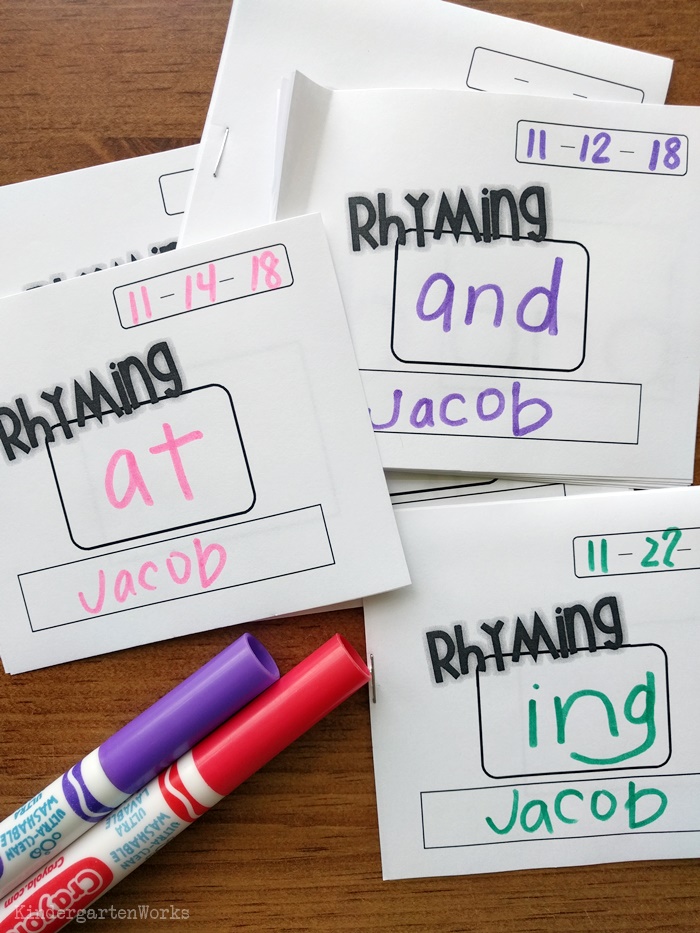
While learning to blend three separate phonemes is a BIG deal in kindergarten, and it’s also a standard.
I think sometimes I forgot there is a middle stage before students can reach that ground.
What must come before blending CVC words: Blending onset and rime
Here’s my thinking…
We need to go off of their strengths. They can blend two sounds. So let’s use that!
Let’s break a word into two parts so they can be blended together.
The most easily identifiable way to break a word into two parts is to break it into the onset and rime.
Now work on blending the onset and rime of written down words – using sight words (or word families) that they are super familiar with.
For example, my kinders know the sight word “is.”
Now, if I can have them practice adding and blending a new sound as the onset for the word – they can learn to “blend” words by creating new words.
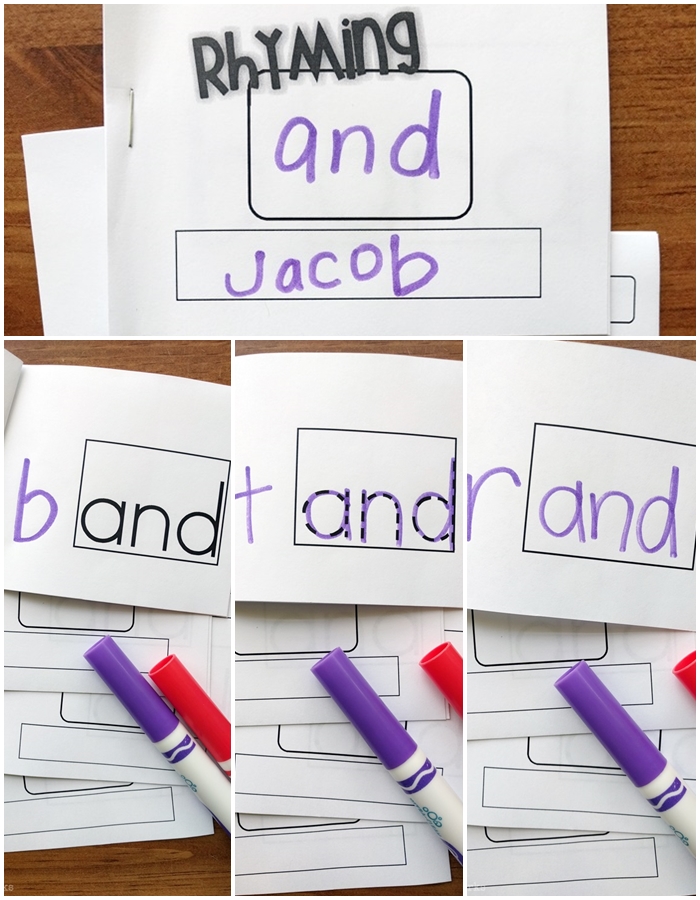
This simple exercise ends up being HUGE.
Here’s why. It does these things:
- builds their confidence
- reviews rhyming words in a whole new way (since we’re making it visual with letters as opposed to just pictures) and
- also teaches them how to start looking for “little bits” they know in larger words (also a key reading strategy)
How the mini-books work
These mini-books are designed to scaffold the work and development of creating CVC (or CVCC) words using a consistent rime.
Here’s how they scaffold the work for your kinders.
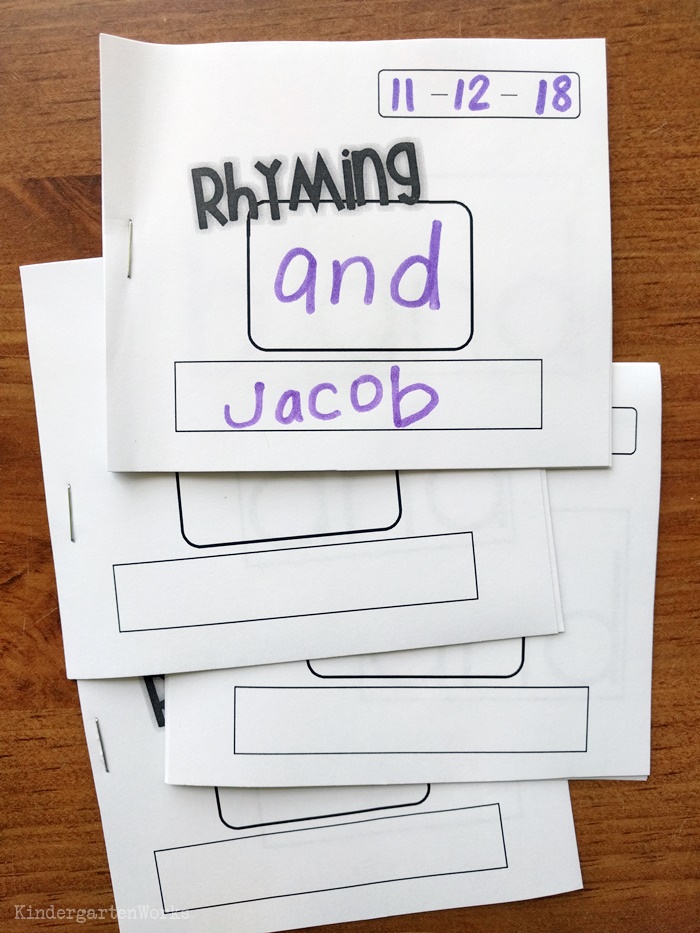
On the cover, kinders write the date, their name and the word family bit (or sometimes sight word)

On page 2, they simply add a consonant sound to the beginning of the word. They are creating the onset.
It’s helpful to have an alphabet chart handy in creating these so students can easily pick choices.
And watch that they don’t pick out vowels. That’s a little tricky for what we’re trying to accomplish here. {wink}
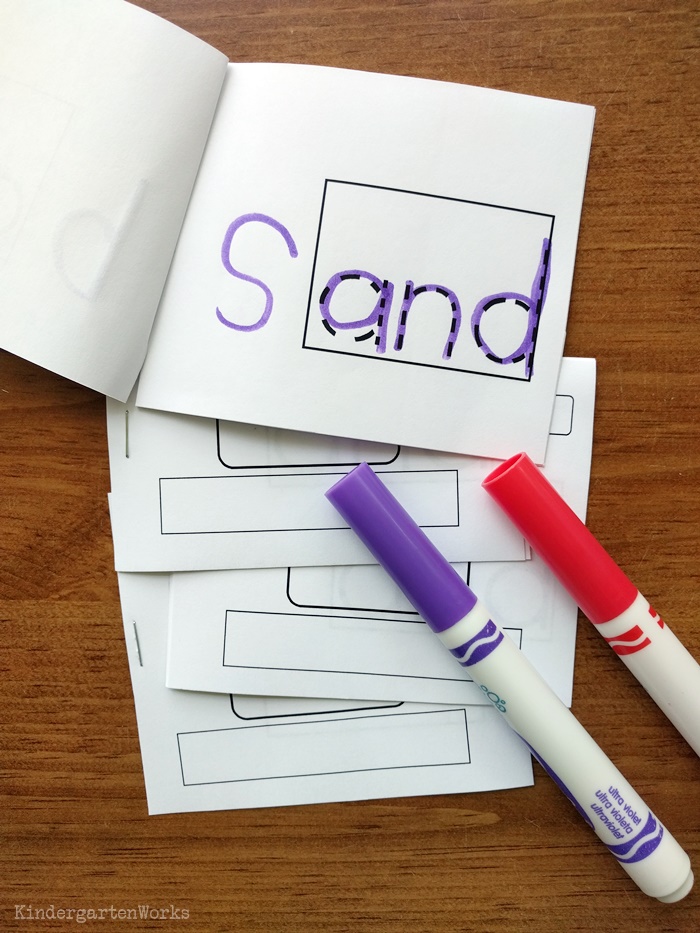
On pages 3 and 4 of the mini-book they trace the rime in addition to adding a new beginning sound.
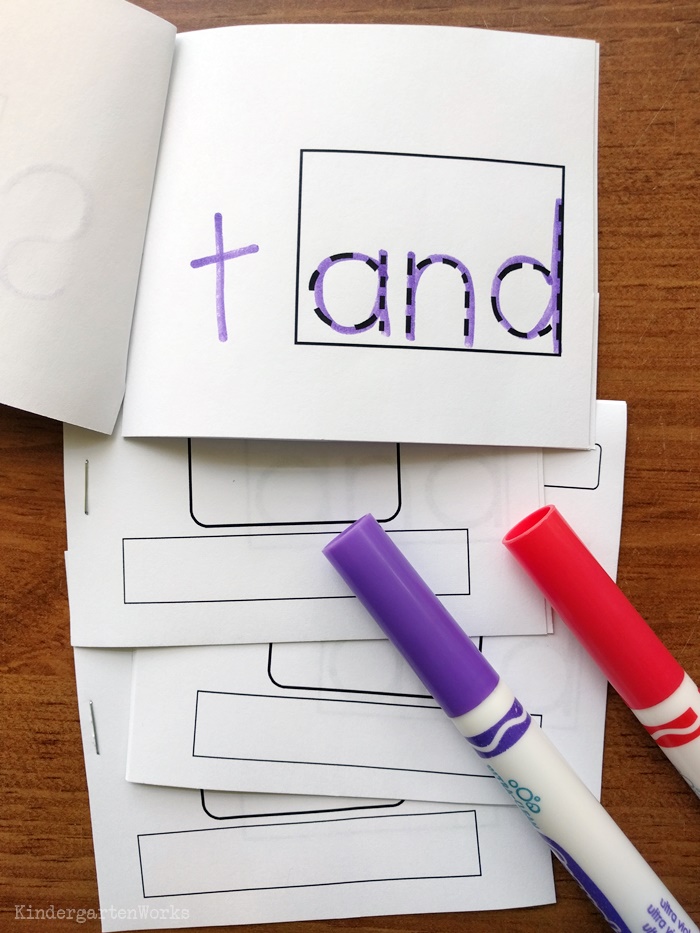
Silly and nonsense words are highly encouraged. Blending practice is blending practice.
How fun if it makes us giggle while we do our work!
The rime isn’t completely done for them on these pages. They have to change the onset from the first page and trace the rime.

On pages 5 and 6 they have to write both the onset and the rime.
Here they are creating the entire word by themselves.
A simple little six-word booklet that is much more fun than a worksheet any day.
And can be “read” again and again.
In fact, in my classroom, they re-read these books a couple of times a week during guided reading groups and begged me to take them home.
How to make them
Ready to make them?
Click to download the mini books here. [terms of use] [downloading help]
Here’s how I recommend to print and bind them.
If you have a fancy school copy machine that can staple:
- Print sets using your copier’s stapler function (2 on the left side).
- Cut with your paper cutter horizontally, so that you are left with 3 sets of 2 books.
- Then cut the two books apart and staple the remaining ones that didn’t get stapled by the copy machine.

If you’re rocking it old school with a paper cutter (or scissors) and a stapler:
First, print off a set of the books you want. There are 6 books made each time you print a set of pages.
You’ll want to start by cutting your paper in half from the top to the bottom. You’ll have two columns of three mini-books.
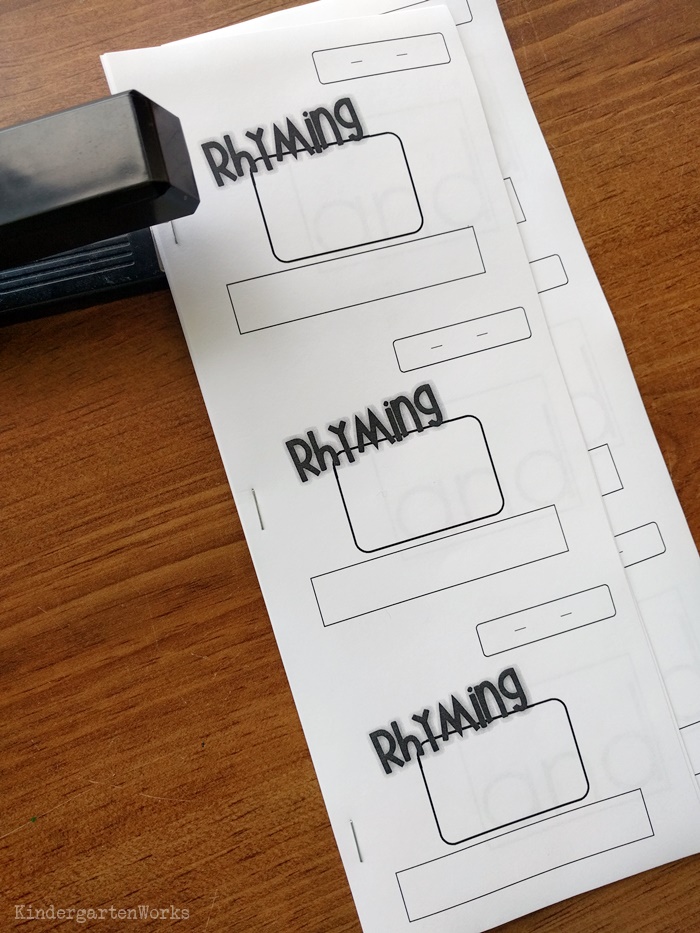
Add one staple in the middle of each mini-booklet.
6 staples. Done.
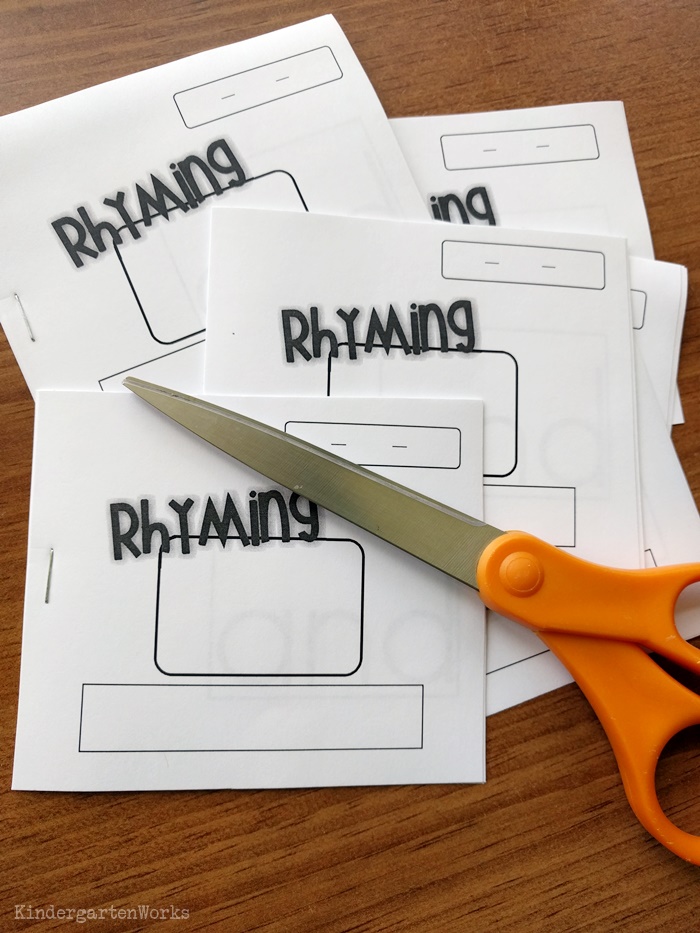
Then cut each booklet apart from the others in the column. The pages are already stapled so the books are done and ready to go.
What reading standards does this cover?
It’s my hope these little mini blending onsets and rime booklets help your kinders with these standards:
- K.RF.2.c-1. Blend onsets and rimes of single-syllable words when given by a teacher
- K.RF.2.c-2. Segment onsets and rimes of single-syllable words when given by a teacher
- K.RF.2.e-1. Blend at least three phonemes together to state one-syllable words.
- K.RF.2.e-3. Substitute individual sounds of simple one-syllable words to make new words. Start with beginning sounds (e.g., cat becomes hat).
- K.RL.4.e-3. Chunk unknown words into parts to read unknown words.
Keep in mind
Now, keep in mind – these are a bridging tool.
They should help work on blending word parts so that your students can eventually grow to blending more than two parts…
And reach that ever-glorious stage of being able to blend three sounds which is a wonderful thing to know your kinders can do.
Remember – have them read these books regularly – to you, to a partner and encourage them to read them at home as well. The more they try practicing the strategy the more proficient they’ll become.
Be sure to check out how we can teach students how to sound out words independently by using a simple tool. It works for BOTH reading and writing.
If you like what I do here on KindergartenWorks, then be sure to subscribe today. I look forward to sharing ideas with you weekly.

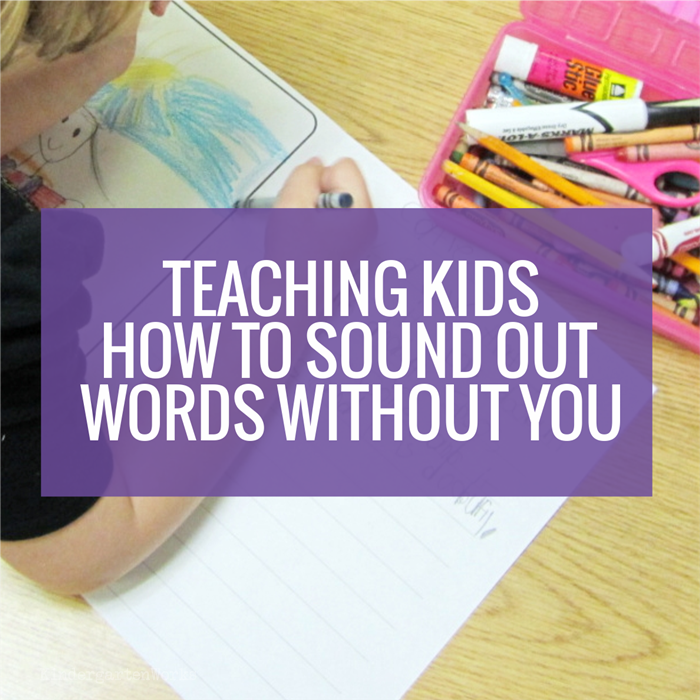

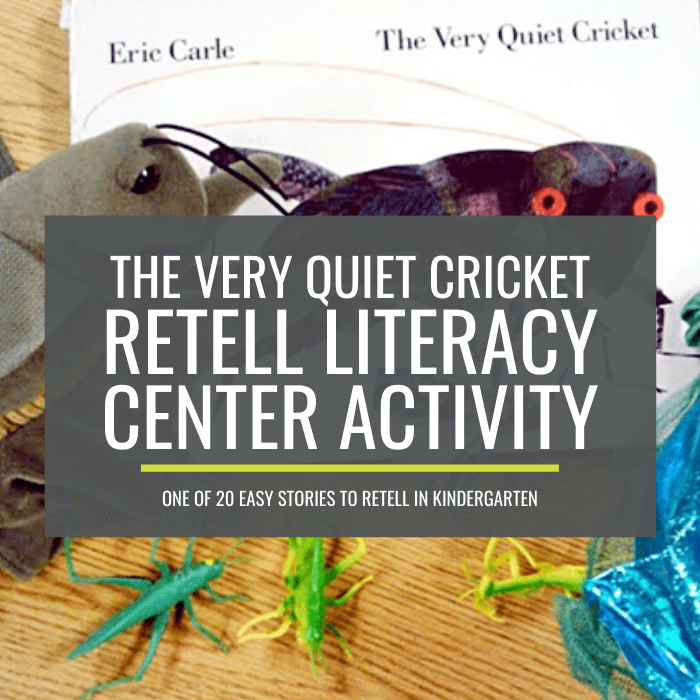
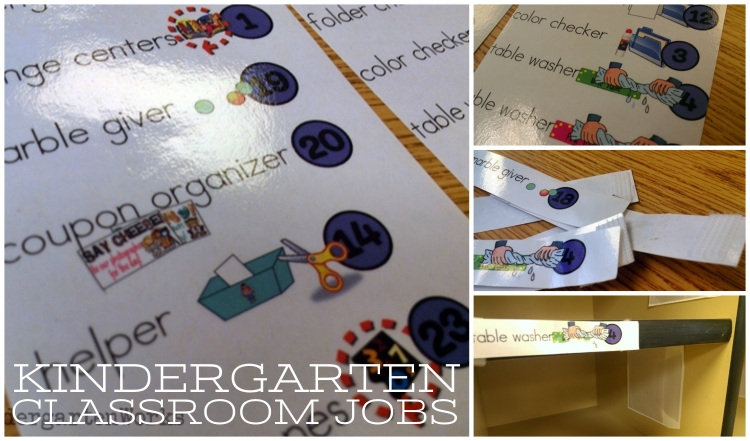
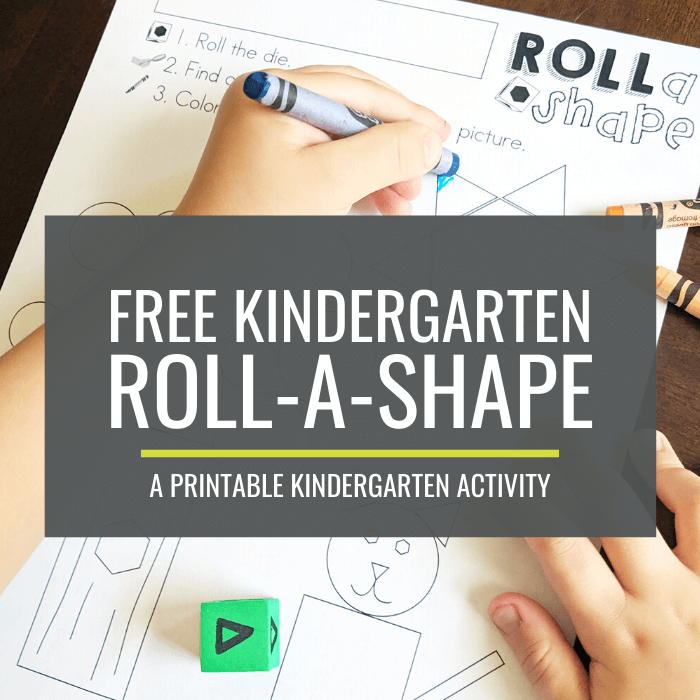
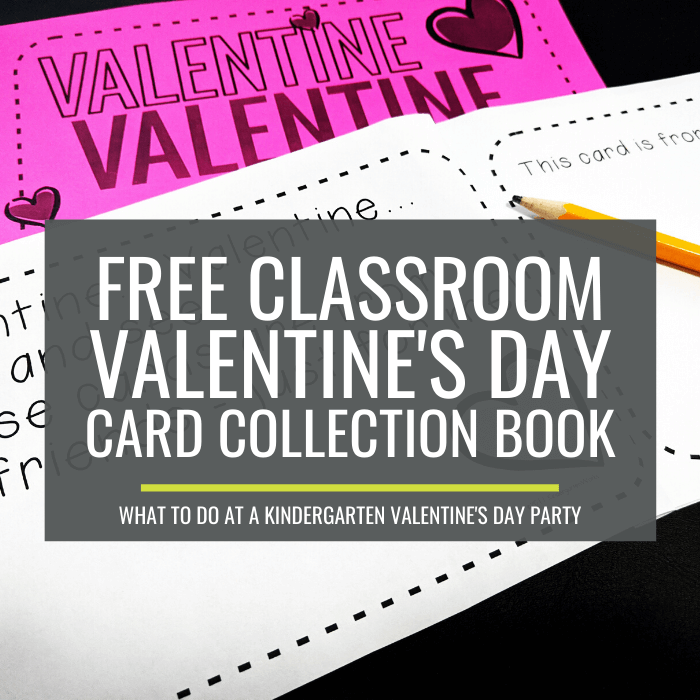
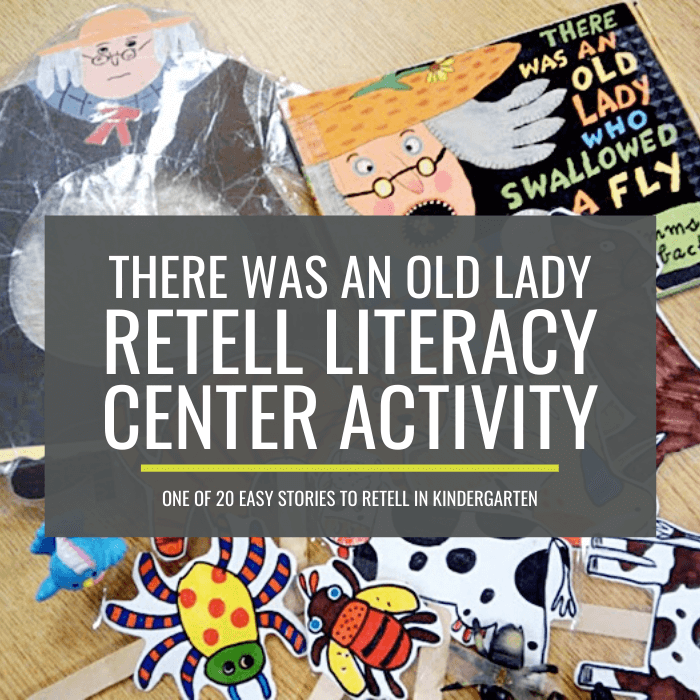
Leslie I can not get the books to down load for onset and rime!!
Oh man! Have you tried these tips? https://www.kindergartenworks.com/freebies-free-printables/downloading-help/ Sometimes just a different device or non-school computer can make a difference.
Thank you so much Leslie! I love your work!
Thank you so much for just “something simple” that is always think what we all are looking for. Fun and simple centers that engage our students.
I teach first grade, but I just discovered your blog and fell in love with it! I love all the step by step tips you give. I can’t wait to use lots of your ideas, especially at the beginning of the year! Thank you for sharing!
Awesome Jenny. Thanks and welcome!
– Leslie
You have the best blog ever!! Thanks for being so generous.
Thank you so much for sharing these with us!!!
Thanks for sharing- I love having a ton of little books my kids can make, keep and read. They truly are “Treasures”
✿Tiffani Time 4 Kindergarten
Excited to make these books! Thank you!